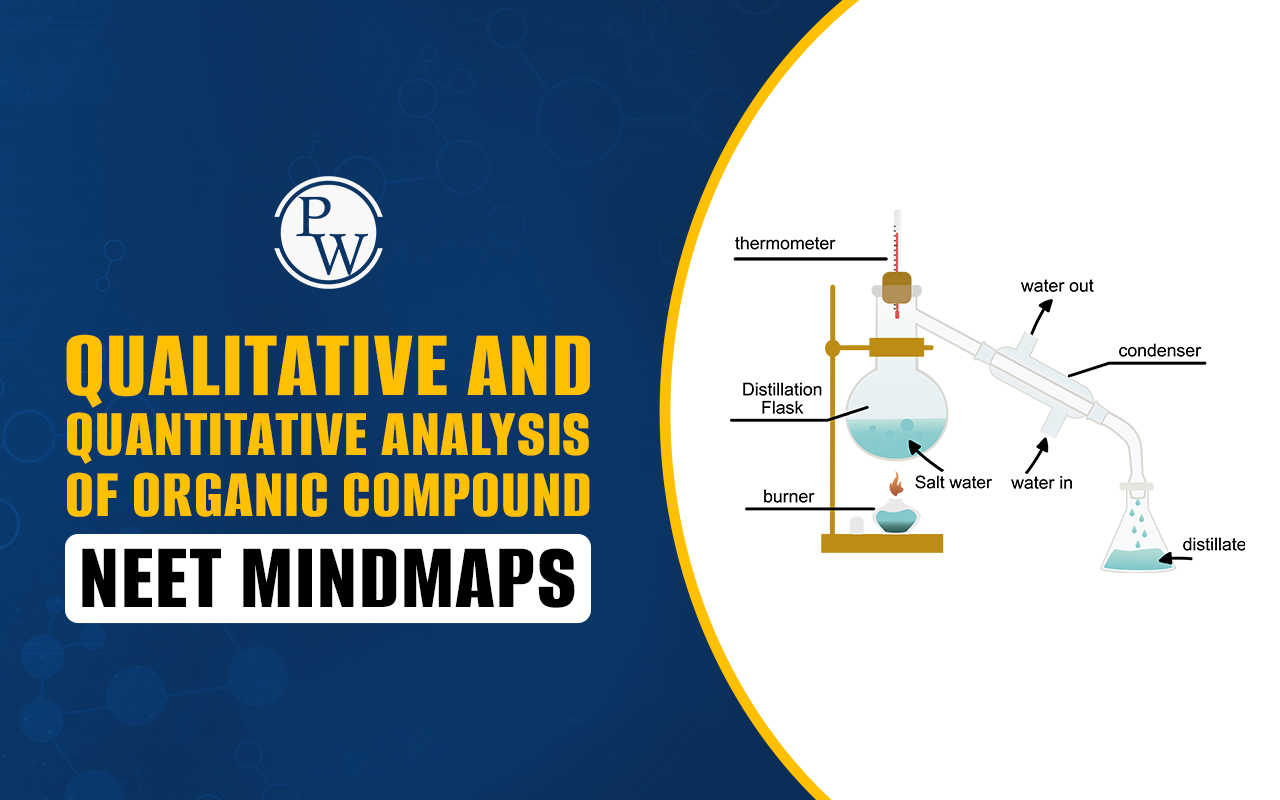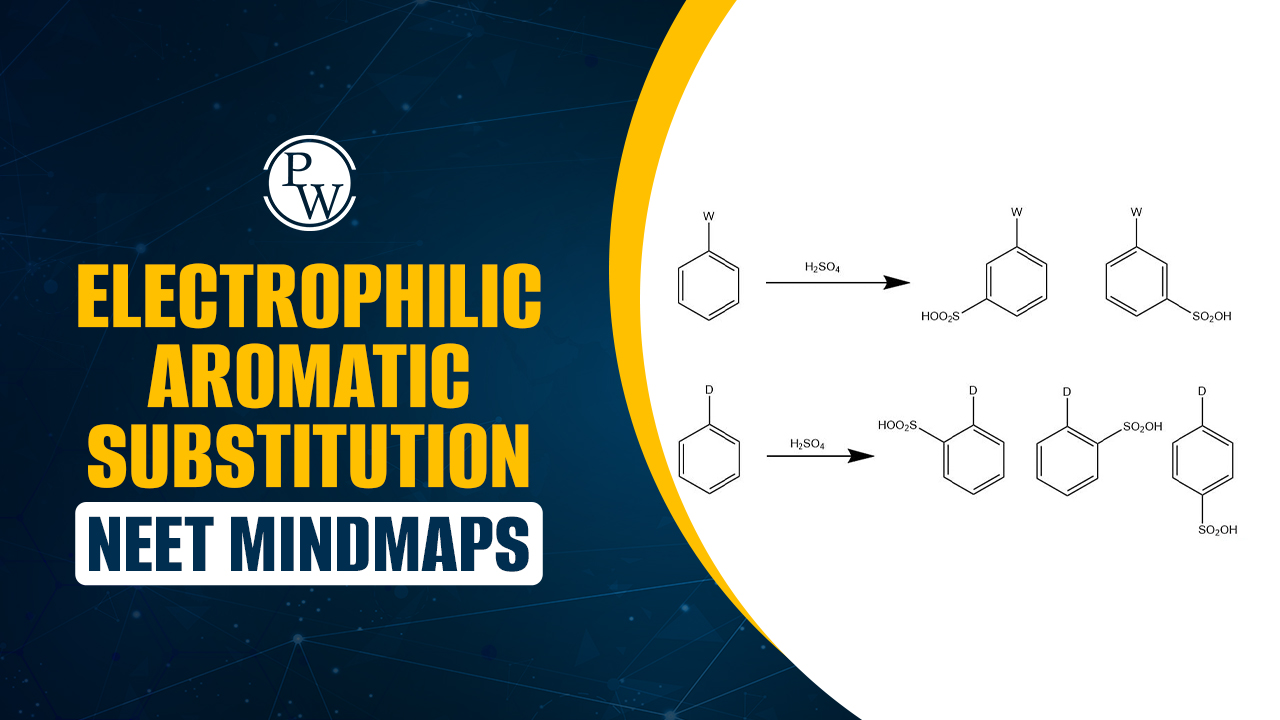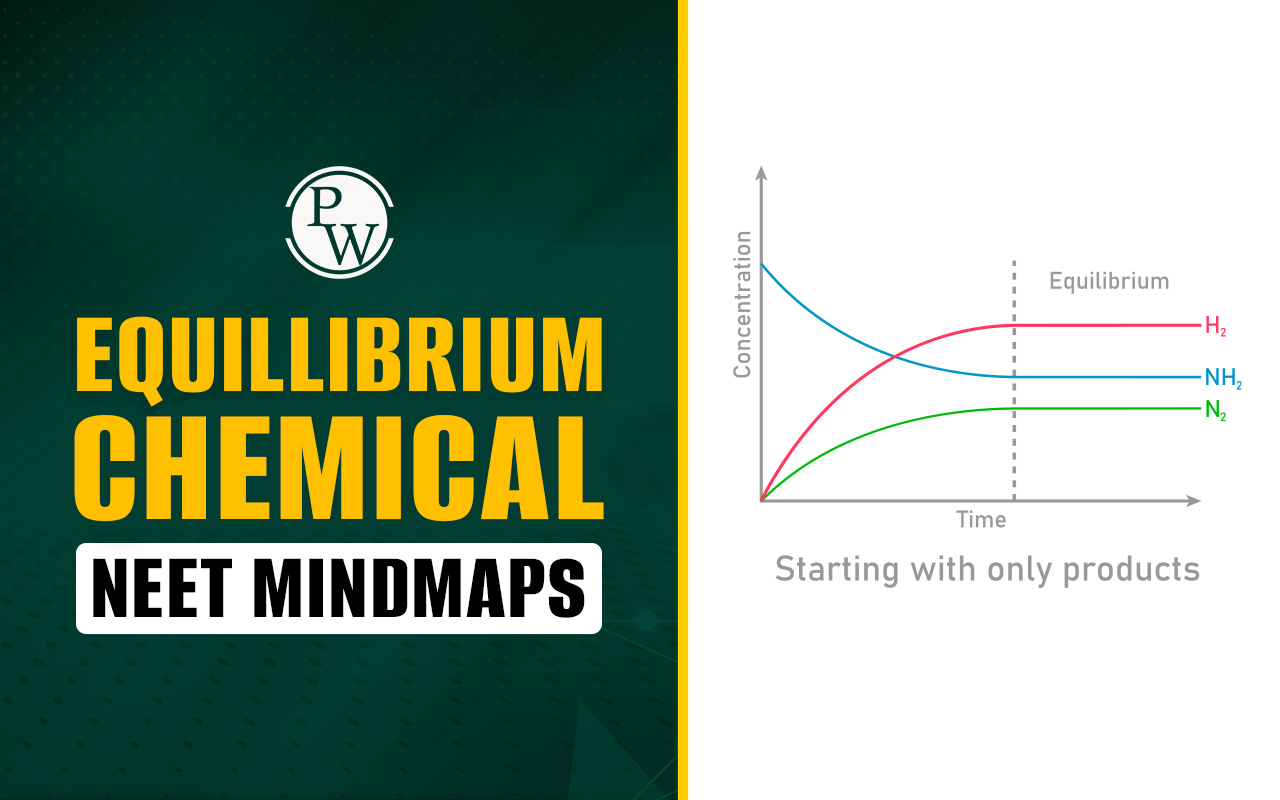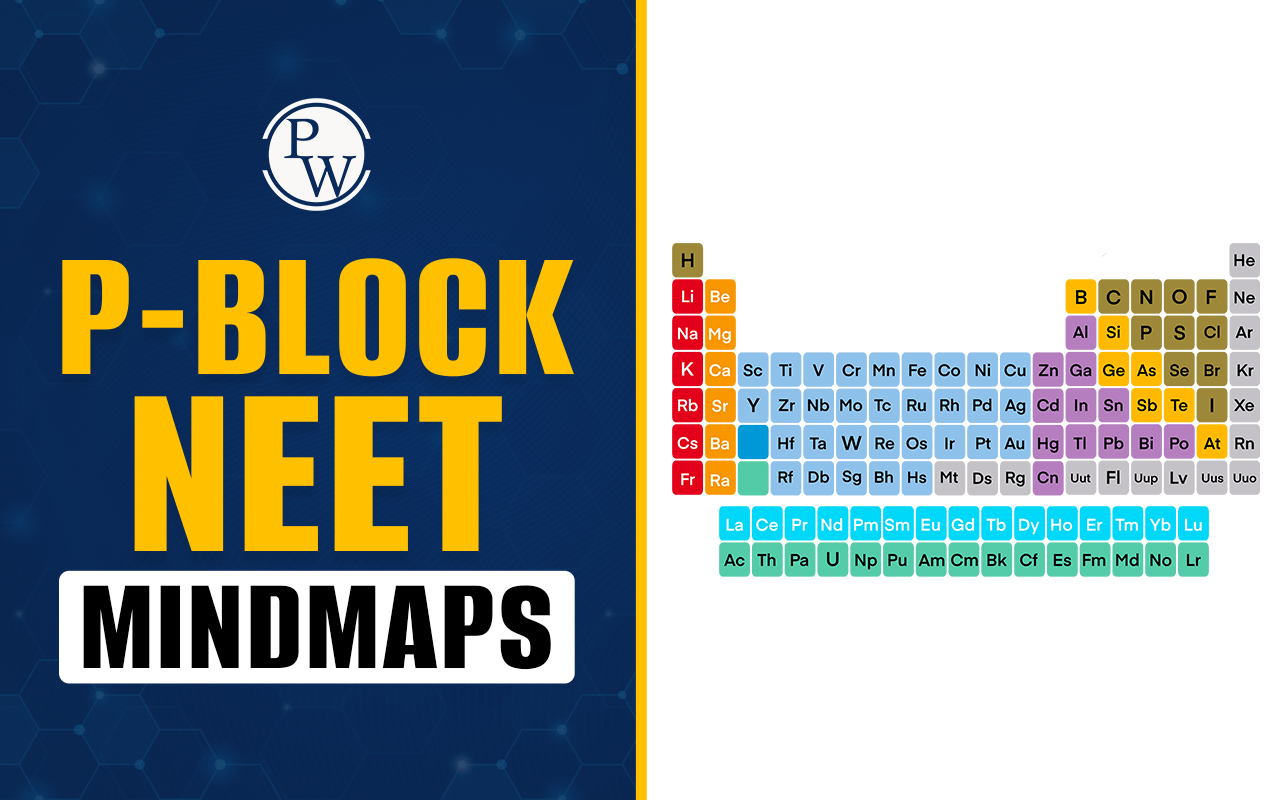
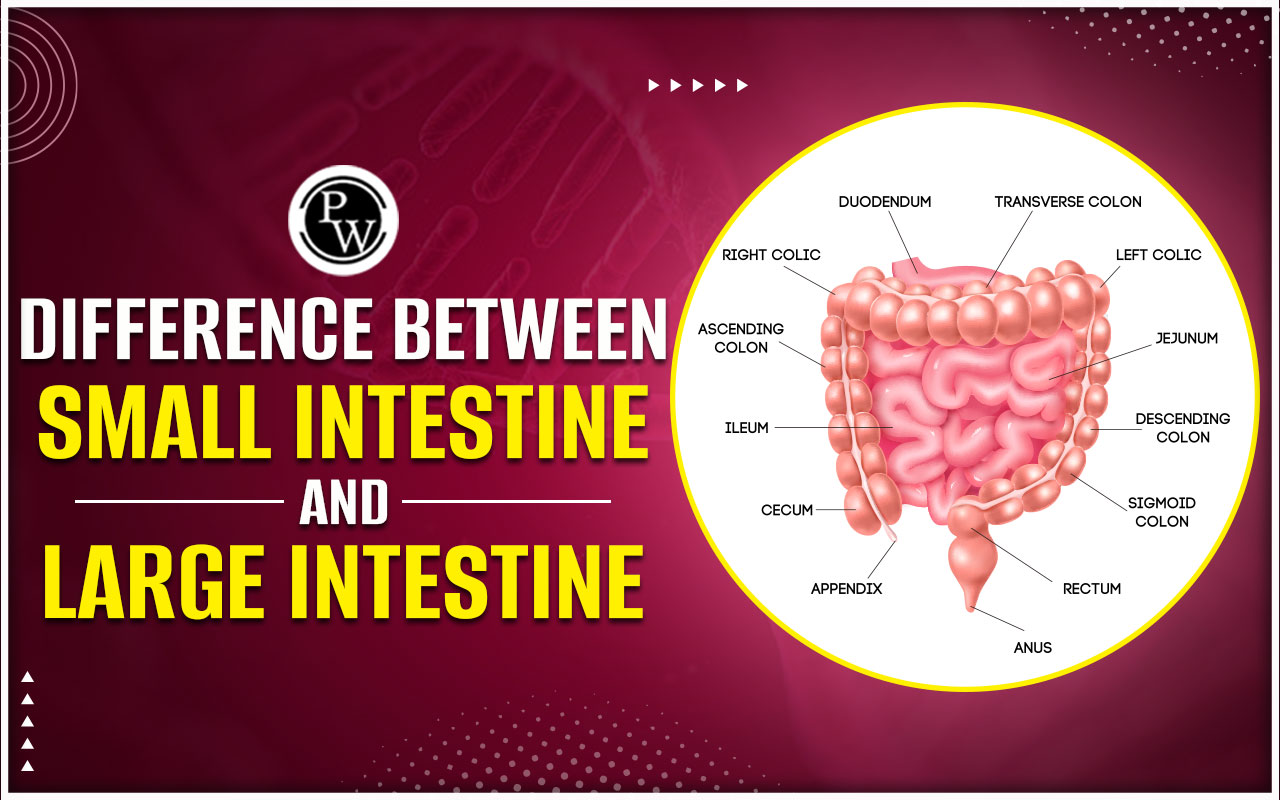
Difference Between Small Intestine and Large Intestine: The human digestive system encompasses the gastrointestinal tract, responsible for the digestion or breakdown of food molecules into smaller components. This tract also referred to as the GI tract or digestive tract, spans from the mouth to the anus, constituting a series of hollow organs arranged in a winding, elongated tube.
An essential component of the digestive system is the solid organs, such as the pancreas, liver, and gallbladder. The mouth, esophagus, stomach, small intestine, large intestine, and anus are the hollow organs comprising the GI tract. The liver, pancreas, and gallbladder are solid accessory organs of the digestive system, playing critical roles in digestion. Explore the difference between small intestine and large intestine in the following article.| NEET Biology Syllabus | NEET Biology Diagrams |
| NEET Biology MCQ | NEET Biology Chapter wise Weightage |
| NEET Biology Notes | NEET Previous Year Question papers |
Difference Between Small Intestine and Large Intestine Overview
The digestive system's visible parts, the small and large intestines (colon), are called the intestines. The intestine, sometimes referred to as the bowel or bowels, is the muscular tube that runs from the lower portion of the stomach to the anus. Nutrient absorption from broken-down food and removing waste from the body are major functions of the small and large intestines, respectively. These intestines are connected, but they also show differences. This page examines the difference between small intestine and large intestine, detailing each organ's unique characteristics.Difference Between Small Intestine and Large Intestine
The small and large intestines are tube-like structures that extend from the stomach to the anus. They perform distinct functions, with the small intestine responsible for the digestion and absorption of food, and the large intestine facilitating the absorption of water and electrolytes. A more detailed difference between small intestine and large intestine is presented in the table below:|
Difference Between Small Intestine and Large Intestine |
||
|---|---|---|
| Characteristics | Small Intestine | Large Intestine |
| Location | Positioned between the stomach and large intestine. | Located after the small intestine, preceding the rectum. |
| Length | Longer, measuring approximately 20 feet or 6 meters. | Shorter, with a length of about 5 feet or 1.5 meters. |
| Diameter | Smaller in diameter. | Larger in diameter. |
| Structure | Divided into three parts: duodenum, jejunum, and ileum. | Comprises the cecum, colon (ascending, transverse, descending, and sigmoid), and rectum. |
| Function | Primary site for nutrient absorption and digestion. | Absorbs water and electrolytes, as well as forms and stores feces. |
| Microbial Population | Fewer resident bacteria and enzymes. | Contains a diverse population of gut bacteria. |
| Mobility | Exhibits more frequent peristalsis, responsible for moving chyme forward. | Demonstrates slower peristalsis, mainly for moving and compacting feces. |
| Absorption of Water and Electrolytes | Absorbs most water and nutrients from chyme. | Absorbs remaining water and electrolytes from chyme. |
| Fecal Formation | Chyme is liquid, and digestion is mostly complete. | Feces are formed, solidified, and shaped. |
| Absorption of Vitamins and Minerals | Absorbs vitamins (e.g., B and fat-soluble vitamins) and minerals (e.g., iron). | Minimal absorption of vitamins and minerals, primarily produced by gut bacteria. |
| Role in Digestion | Continues the digestion of food. | No significant role in digestion. |
Small Intestine
The stomach (the pylorus is the opening between the stomach and small intestine) and the large intestine are connected by the three segments that make up the small intestine:- Duodenum: Through the pylorus, this small intestine's portion takes in partially digested food from the stomach to continue the digestive process. The duodenum utilizes gallbladder, liver, and pancreas bile to aid food digestion.
- Jejunum : The jejunum, positioned in the center of the small intestine, uses wave-like muscle contractions to propel food quickly toward the ileum.
- Ileum: The ileum is the longest segment of the small intestine, where most nutrients are absorbed from food before entering the large intestine.
Large intestine
The large intestine, measuring approximately five feet (or 1.5 meters) in length, has a broader structure than the small intestine and follows a more direct course through the abdominal region. Its primary function is to absorb water and salts from undigested material, eliminating remaining waste products. When the mixture of food and digestive fluids reaches the large intestine, most digestion and absorption have already occurred. Residual contents consist primarily of fiber (slowly digesting plant matter), discarded cells from the intestinal lining, salt, bile pigments (which impart color to the digested matter), and water. Within the large intestine, beneficial bacteria thrive on this mixture, producing essential vitamins that are absorbed into the bloodstream and aiding in fiber digestion. The large intestine is composed of distinct segments:- Cecum: The first section of the large intestine, shaped like a pouch and approximately two inches long, receives digested liquid from the ileum and directs it to the colon.
- Colon: The main section of the large intestine, responsible for water reabsorption and essential salt absorption. The colon is divided into four segments:
- Sigmoid colon: The final S-shaped portion of the colon curves inward amid the coils of the small intestine before emptying into the rectum.
- Rectum: The rectum is the final segment of the digestive tract, measuring between 1 to 1.6 inches (or 2.5 to 4 cm). Accumulated waste expands the rectum until the elimination process occurs, ready to be discharged through the anus.
Difference Between Small Intestine and Large Intestine FAQs
What functions do the small and large intestines serve?
The small intestine moves water from the bloodstream into the GI tract to help break down food. It also absorbs water and nutrients. The large intestine moves more water from the GI tract into the bloodstream.
What is the difference between small intestine and large intestine?
The small intestine absorbs nutrients, while the large intestine absorbs water and electrolytes and produces vitamins. Peyers Patches are found in the small intestine but not in the large intestine. The large intestine facilitates the formation and propulsion of feces toward the rectum for eventual elimination.
Which is larger, the small or large intestine?
Both the small and large intestines are integral components of the human digestive system. The small intestine spans approximately 9–16 feet, while the large intestine is shorter, measuring around 5 feet. These organs, situated in the abdomen, function to absorb nutrients, vitamins, and water.
Does the large intestine eliminate waste?
Yes, the primary role of the large intestine is to extract water from undigested material, forming solid waste (feces) for excretion. The large intestine consists of three parts, with the cecum marking the beginning of this digestive segment.
What is not a function of the large intestine?
Contrary to its responsibilities, the large intestine is not tasked with the absorption of vitamin K, as this function primarily falls within the purview of the small intestine. The large intestine focuses on absorbing water and salt, contributing to the firming of indigestible material.
🔥 Trending Blogs
Talk to a counsellorHave doubts? Our support team will be happy to assist you!

Check out these Related Articles
Free Learning Resources
PW Books
Notes (Class 10-12)
PW Study Materials
Notes (Class 6-9)
Ncert Solutions
Govt Exams
Class 6th to 12th Online Courses
Govt Job Exams Courses
UPSC Coaching
Defence Exam Coaching
Gate Exam Coaching
Other Exams
Know about Physics Wallah
Physics Wallah is an Indian edtech platform that provides accessible & comprehensive learning experiences to students from Class 6th to postgraduate level. We also provide extensive NCERT solutions, sample paper, NEET, JEE Mains, BITSAT previous year papers & more such resources to students. Physics Wallah also caters to over 3.5 million registered students and over 78 lakh+ Youtube subscribers with 4.8 rating on its app.
We Stand Out because
We provide students with intensive courses with India’s qualified & experienced faculties & mentors. PW strives to make the learning experience comprehensive and accessible for students of all sections of society. We believe in empowering every single student who couldn't dream of a good career in engineering and medical field earlier.
Our Key Focus Areas
Physics Wallah's main focus is to make the learning experience as economical as possible for all students. With our affordable courses like Lakshya, Udaan and Arjuna and many others, we have been able to provide a platform for lakhs of aspirants. From providing Chemistry, Maths, Physics formula to giving e-books of eminent authors like RD Sharma, RS Aggarwal and Lakhmir Singh, PW focuses on every single student's need for preparation.
What Makes Us Different
Physics Wallah strives to develop a comprehensive pedagogical structure for students, where they get a state-of-the-art learning experience with study material and resources. Apart from catering students preparing for JEE Mains and NEET, PW also provides study material for each state board like Uttar Pradesh, Bihar, and others
Copyright © 2025 Physicswallah Limited All rights reserved.





